Oldest monastery completes 25 years of restoration work
SINGAPORE — The Republic’s oldest Buddhist monastery, the Lian Shan Shuang Lin Monastery, which was gazetted as a national monument in 1980, will reopen its oldest building to the public on Friday (Nov 11), bearing the same look it had in 1901.
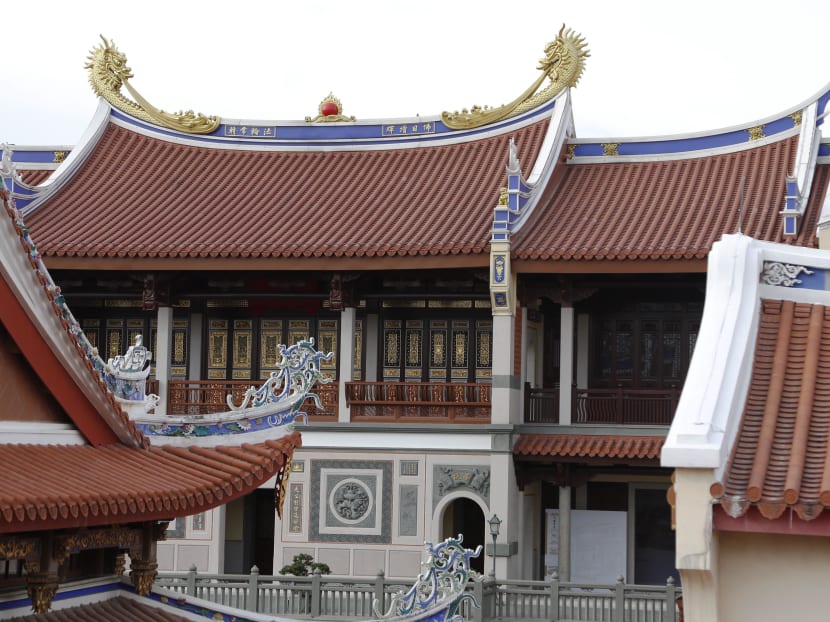
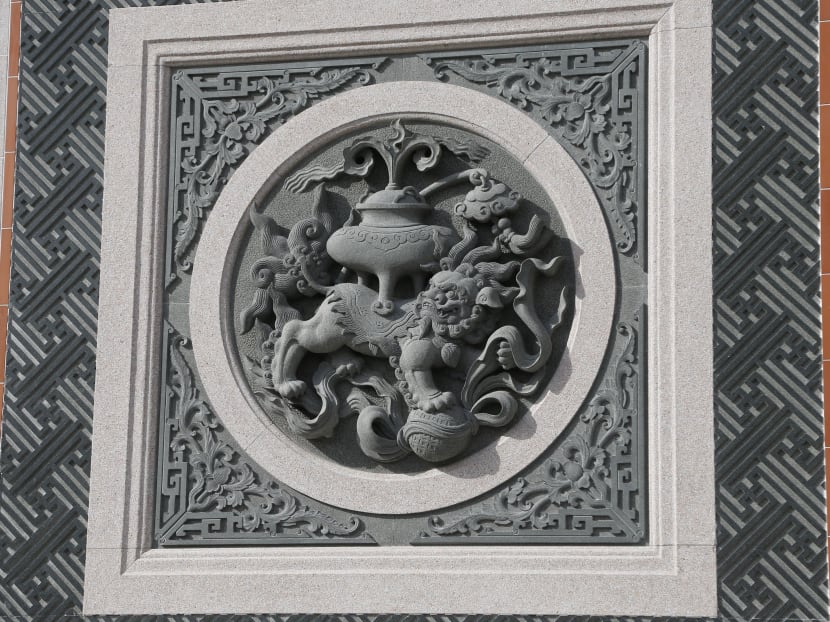
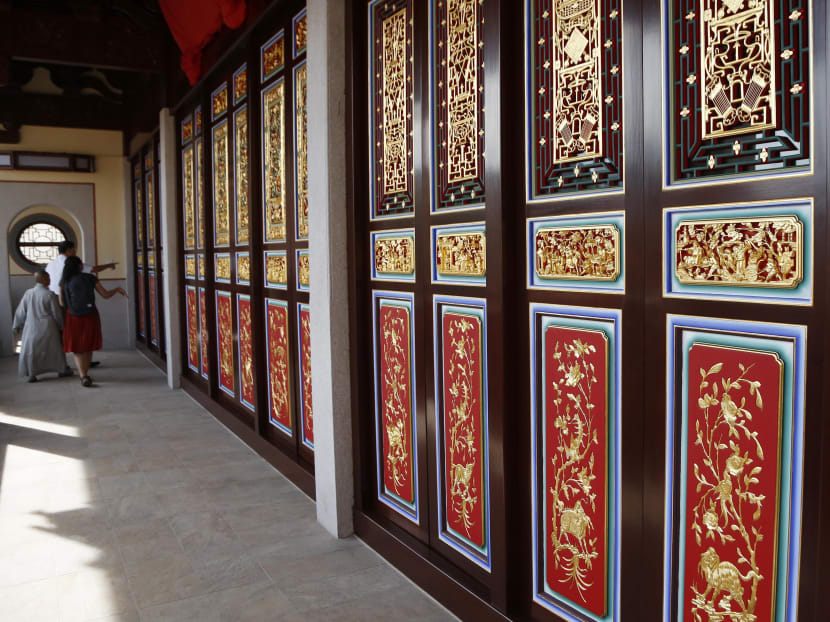
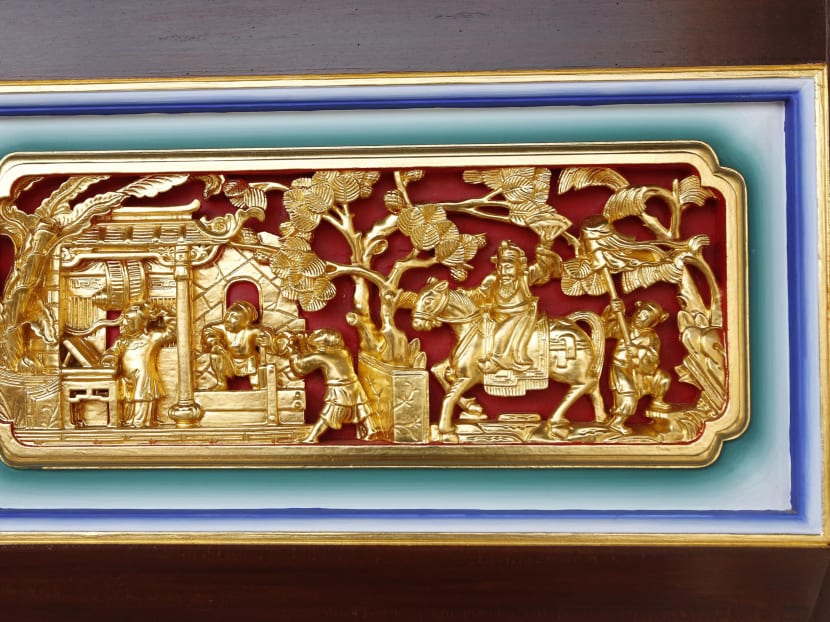
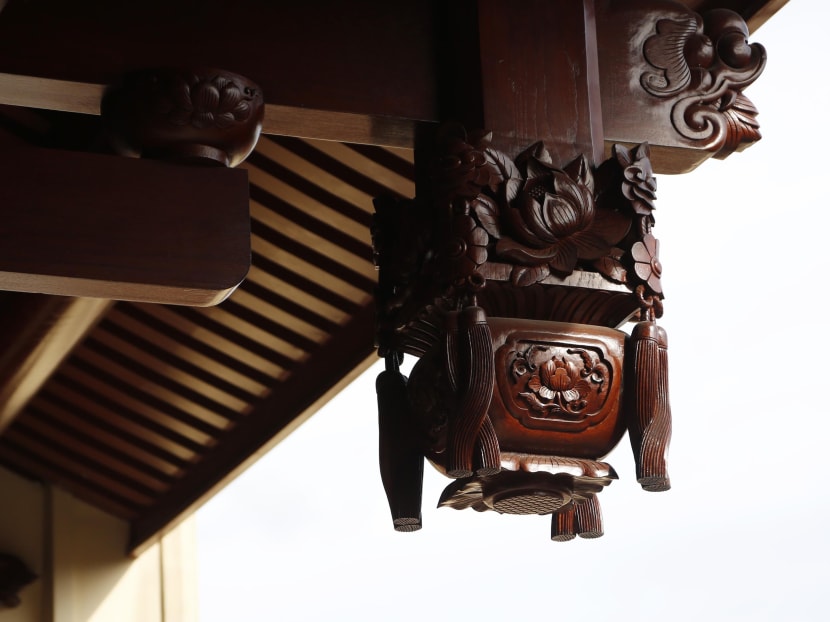
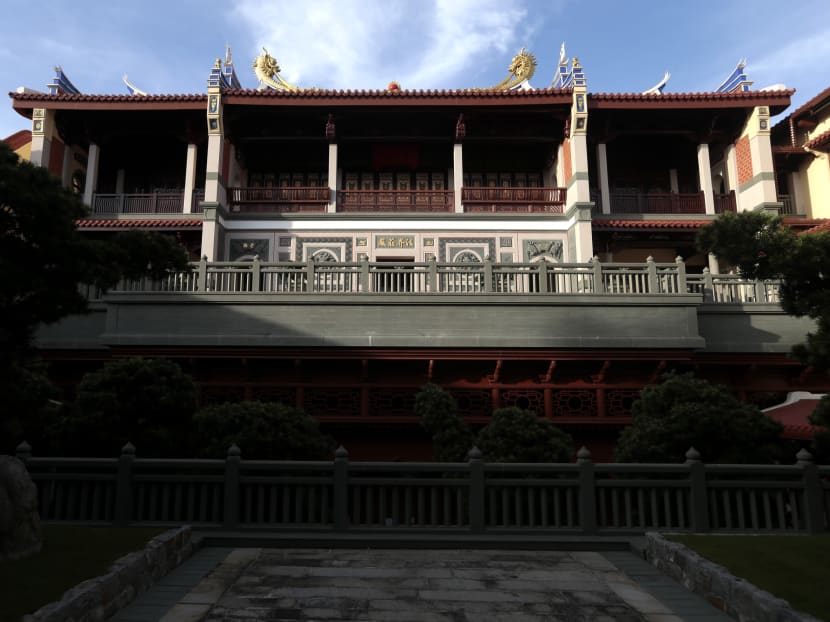
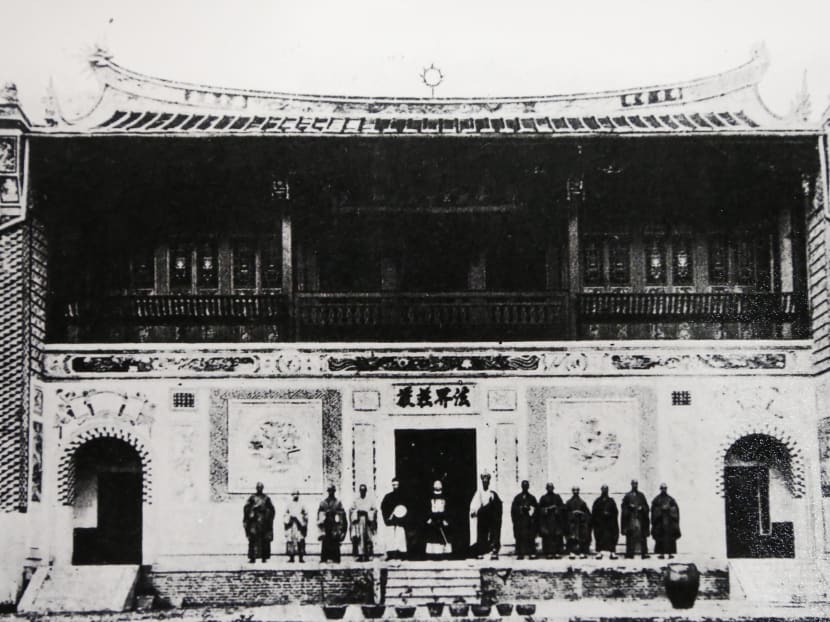
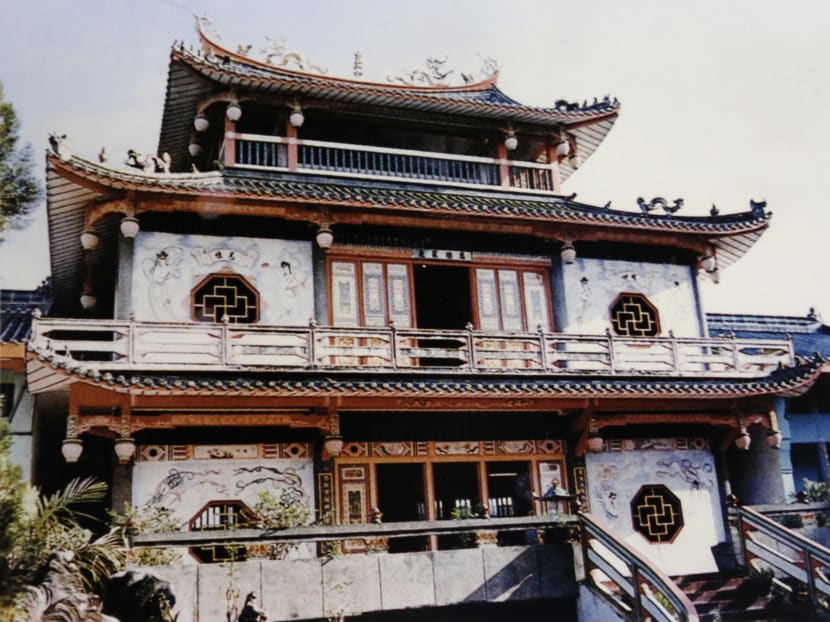
SINGAPORE — The Republic’s oldest Buddhist monastery, the Lian Shan Shuang Lin Monastery, which was gazetted as a national monument in 1980, will reopen its oldest building to the public on Friday (Nov 11), bearing the same look it had in 1901.
This is the final piece to complete 25 years of restoration and reconstruction work on the monastery, which has a unique blend of architectural styles reflecting the diversity of Singapore’s Chinese immigrants.
The monastery, located in Toa Payoh, receives about 1,000 visitors monthly, mostly tourists, and fewer than 20 monks live on the compound now, with Singapore’s oldest monk, 95-year-old Venerable Woo Foong, being one of them.
The idea for the S$20-million restoration of the building that houses the compound’s most important hall — Dharma Hall (a hall of sermons) — was mooted in 2003, a year after the completion of a S$30-million restoration work that included an extensive refit of the Hall of Celestial Kings and Mahavira Hall.
The building used to stand out like a sore thumb because it was the only concrete building in the 24,000 sqm compound — the result of a 1970s restoration project that had changed its facade.
1901:
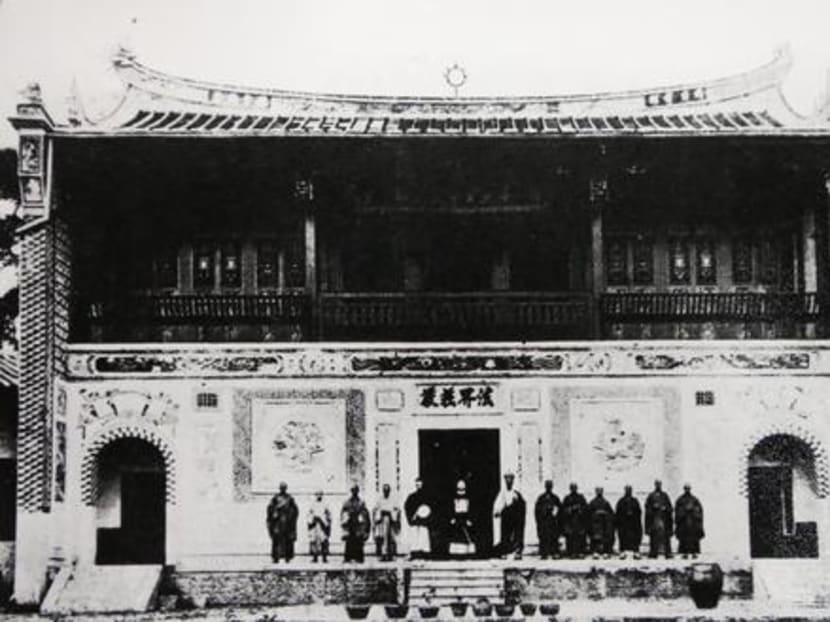
1970s:
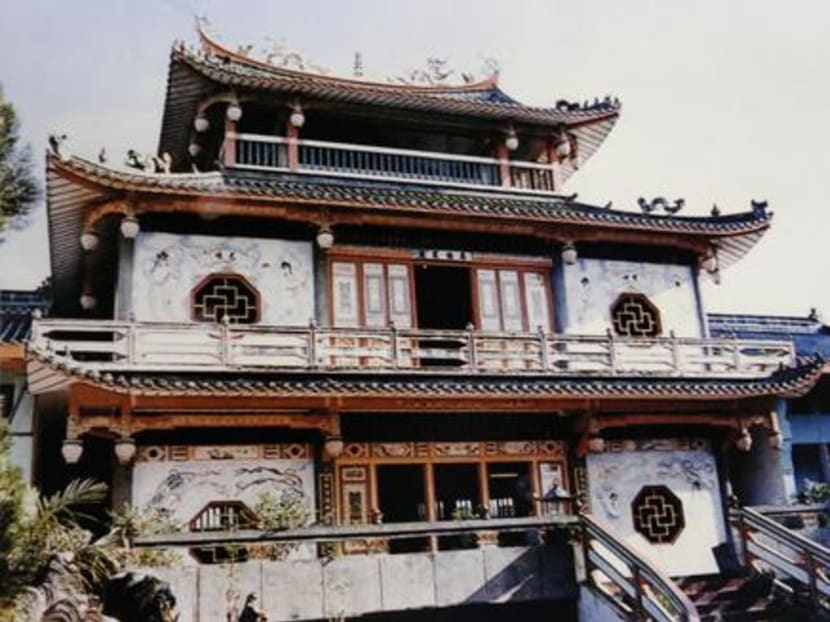
2016 (Back to its original facade):

Abbot Wai Yim, the monastery’s chief monk, said that as the Min Nan style of carvings were gradually being phased out, even in Fuzhou, China, where it originated, the monastery’s board decided to restore all the buildings to their original style.
The complex has been undergoing various stages of reconstruction and restoration since 1991, after the Building and Construction Authority ordered parts of the compound closed to the public, as some of the timber structures were weakened by termites. So funds were raised from the public for the extended works.
The latest reconstruction was led by civil engineer Chuang Shaw Boon, 60, who considers himself a freethinker. He volunteered for the project because he wanted to help conserve the only monastery in South-east Asia that was done in the Cong Lin style (translated from Mandarin as “layers of forest”), a standardised temple layout from the Tang Dynasty, featuring seven halls oriented along a central axis.
His expertise allowed the reconstruction team to work around requirements listed by the authorities without deviating from traditional features.
First up was a return to the use of wood. This time, chengal timber, a more termite-resistant wood than the original Chinese fir from Fujian, was used. To make the highly-embellished rooftops more durable, aluminium alloy was used in place of concrete. And the wall motifs originally made of clay and mortar were replicated on granite.
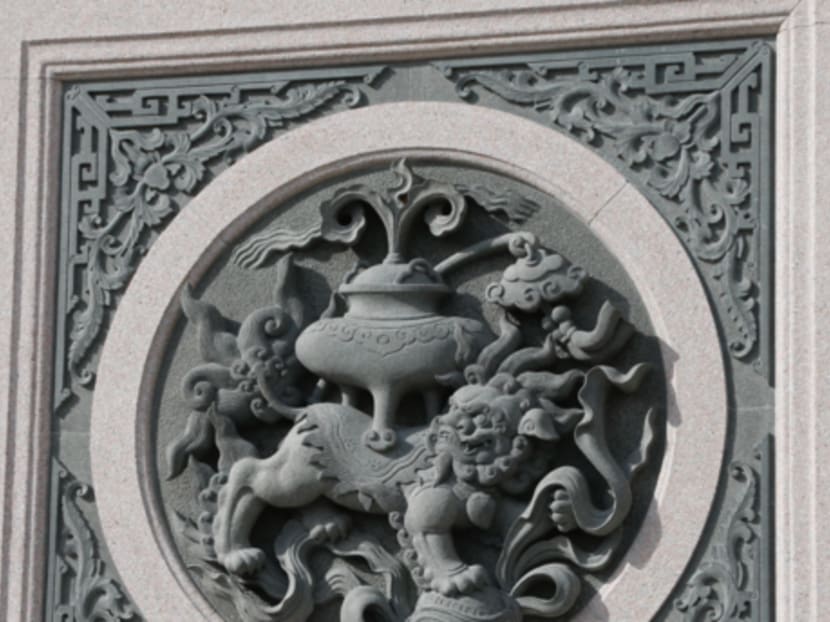
Mr Chuang said the materials chosen “minimise the need for maintenance” but still give the building its original look.
It now houses five rooms: The Dharma Hall, Sutra Hall (a library), Virtue Hall (a multi-purpose hall), a meditation hall and the abbot’s residence.
There are finishing touches still to be made, for example adding porcelain motifs to the exterior of the Dharma Hall. And there are also plans to restore the Bell and Drum Tower to their original 1907 state, said Abbot Wai.
Mr Chuang hopes more people will visit this little-known piece of Singapore’s architectural heritage.
“I’ve heard from far too many Singaporeans that they don’t know about this place ... Entry is free of charge!” he said.








